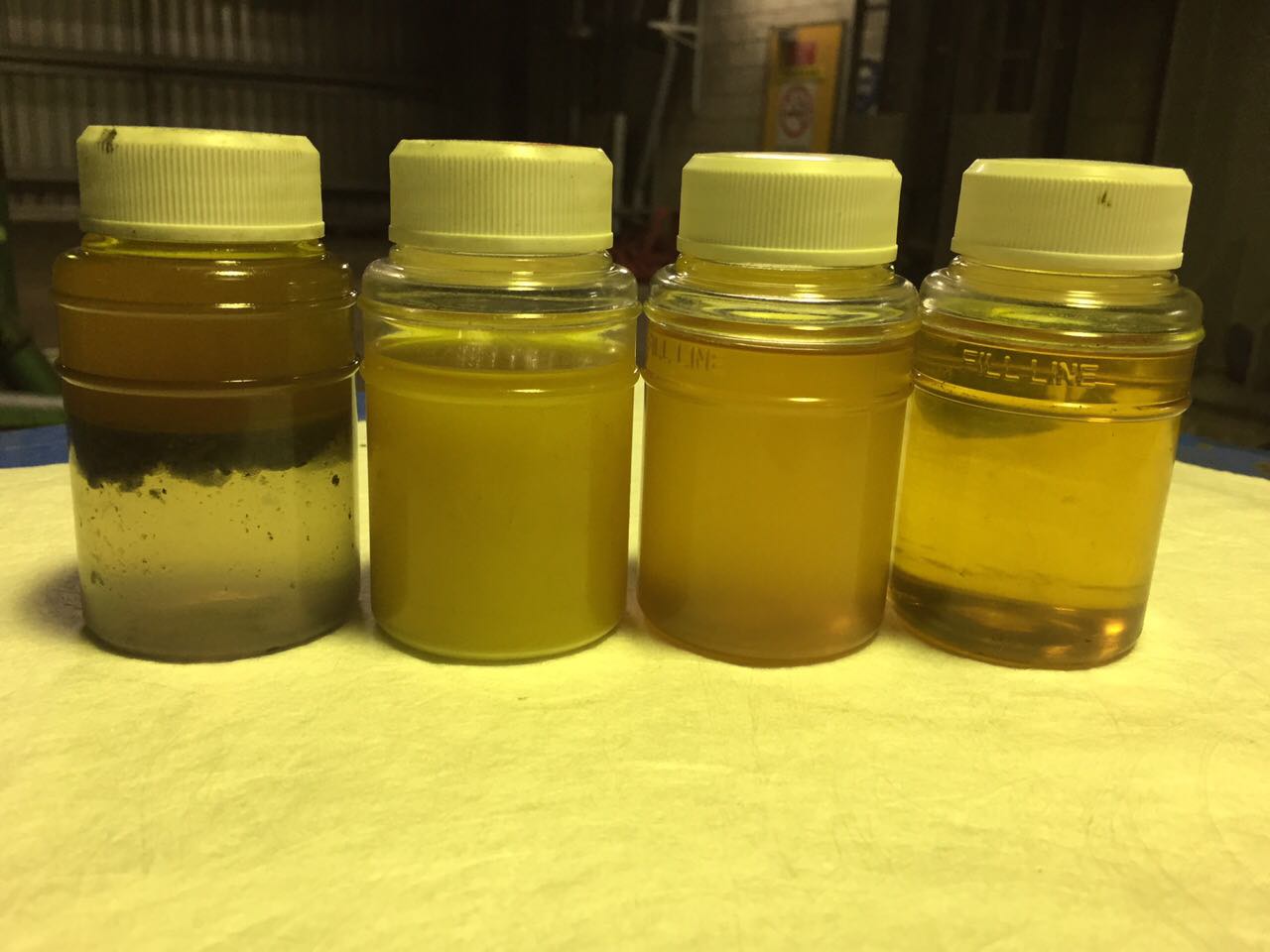Just like you, your lubrication fluid can get sick. Bacterial infestation of lube oil can be a huge problem.
Bacteria and Conditions for Growth
Primarily there are three kinds of bacteria which are present in mineral oil products:

There are several conditional requirements which, if met, bacteria will favourably grow and even flourish. The major ones that promote microbial colony establishment are:
- Presence of water ‐ Moisture content of oil as low as 500ppm is sufficient.
- Particulate contamination – Solid surfaces can serve as nucleation sites for colonies.
- Organic materials ‐ Carbon, nitrogen and phosphorous present in the oil or introduced to the base oil in the form of additives. – Stagnant/low flow areas – Colonies prefer not to be hassled by high velocity fluids
- Temperatures of around 25 to 50 degrees Celsius. If the temperature stays relatively constant this further increases the chances of biomass accumulation.
Tiny Critters Can Cause Big Damage
Bacteria work in teams. In order for microbial attacks to be successful their army must be large enough which is more than probable in the right environment. The results are large colonies of bacteria that are capable of major harm to equipment.
Altering Viscosity
Microbes can change the hydrodynamic properties of lube oil. The viscosity of a lubricating fluid is optimised for the system and any changes can result in failure of the boundary layer to separate metal surfaces.

The inside of a pleated microglass filter after flushing showing what could be biomass contaminants
Plugging
Biomass can clog orifices, spools, filters and any number of other sensitive areas. Plugged filters can increase maintenance costs by requiring you to replace them on more regular cycles.
More serious issues can arise due to reduction of system pressure and blocked delivery points can deprive components of essential lubricating fluid. Needless to say the damage of
inadequate lubrication can be immense.
A Good Solution
If you already have a microbe problem there are several things that can be done about it. Possibly the easiest solution is to add a biocide to the lube oil. This will flow through the circuit gradually killing all bacteria. But, and this is a rather large “but”, biocides can cause harm equal to or greater than the bacteria if it is not compatible with your lube system. A well‐established bacteria infestation can be very difficult to pull out at the roots. It may be that the only option to cure the infection is a blood transfusion: replace the old with new oil. This must be carefully done to prevent the problem reoccurring.
The entire lube circuit must be drained completely and high velocity hot oil flushing (HOF) should be conducted. This will disrupt bacteria colonies, sweep out biomasses from corners where they have built‐up and clean out other contaminants in the process. The old oil can then be disposed of – converted into fuel oil, perhaps. New oil can then be introduced.
A Better Solution
The best way to defeat the problem is to prevent it from happening in the first place. Bacteria cannot survive in clean, dry oil. If water content is kept below 500ppm you should have no microbe invasion concerns. Ensuring you have fitted desiccant breathers to your lube tank and having a vacuum dehydrator or centrifuge attached in a kidney loop process will maintain moisture content at safe levels.

Four 100ml samples showing the same oil
as it is progressively dehydrated with from left to right to treat a microbe colony.
Bottle 1 – free water at the bottom, microbe colony, emulsified oil above.
Bottle 2 – emulsion after free water removed
Bottle 3 – most of the moisture is removed and oil is cloudy with dissolved moisture
Bottle 4 – clear bright oil

Colony in a testing vial showing gel like growth
If you need to Hot Oil Flush or are having issues with moisture in your oil, contact BioKem Oil Services.
Lubrication Oil Filtration
Lubricants in modern close tolerance rotational assets are designed to do several things aside from reduce friction. Lubricants also carry away wear debris, reduce temperature, impede corrosion, and transmit power.
MoreFuel Filtration
BioKem Oil Services conducts commissioning roles for newly fabricated lines ensuring that new pipework is clean and ready to receive fuel.
MoreVacuum Dehydration Oil Purification System
Our Vacuum Dehydration Oil Purification System (VDOPS) is manufactured in the USA and is the gold-standard for oil purification today. It exceeds outcomes delivered by equivalent centrifugal process systems at removing all forms of moisture,
More

